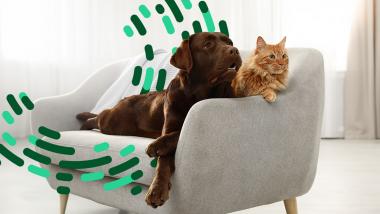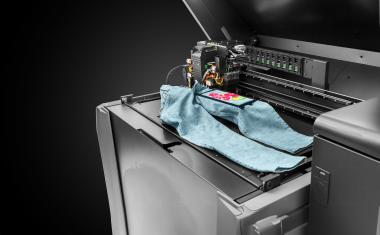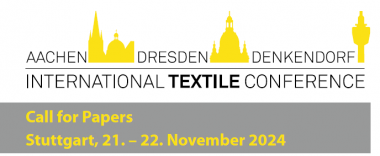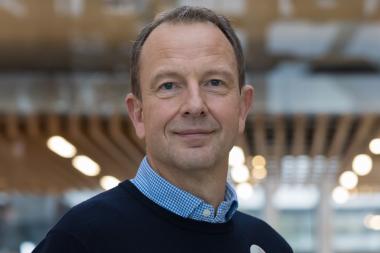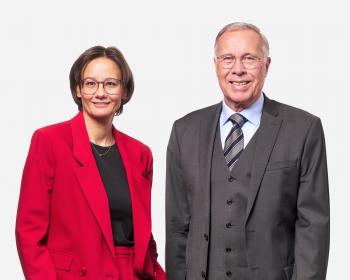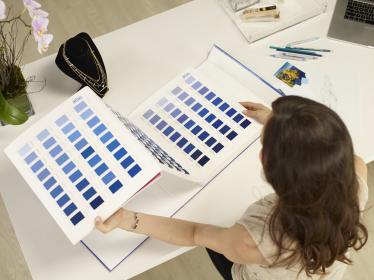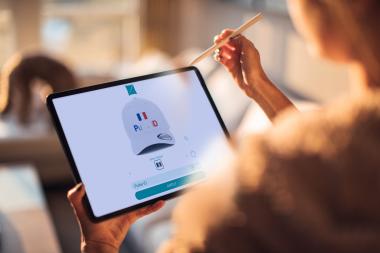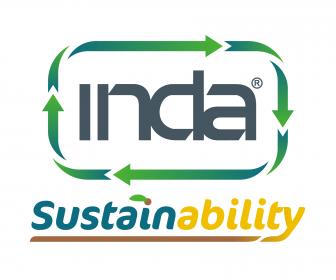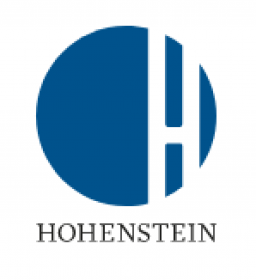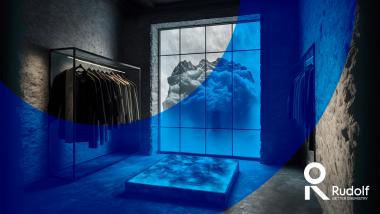HeiQ: HeiQ Allergen Tech for upholstery fabric
HeiQ announces the extended application of HeiQ Allergen Tech to bring the benefits of this biobased textile technology to the interior upholstered furniture market.
HeiQ Allergen Tech has already been successfully adopted in bedding items like pillows, bed sheets, and mattresses. And now Culp Upholstery Fabrics, a division of Culp, Inc. and a leading suppliers of upholstery fabric, will offer this technology to manufacturers of upholstered furniture. This collaboration will see Culp introduce HeiQ Allergen Tech enhanced interior upholstery fabrics to markets such as the Americas, among others, with Culp as the exclusive supplier.
HeiQ Allergen Tech addresses the problem of allergens from dust mite matter and pet allergens in textiles with the help of active probiotics, making it ideal for applications in upholstered furniture, such as sofas, armchairs, and other upholstered furniture products, which are among the household items that are rarely or never washed. This naturally derived technology works in the background with its continuous cleaning action to reduce allergens on the treated fabric and thereby create a more comfortable living environment.
The technology of HeiQ Allergen Tech is 100% biobased and long-lasting. Probiotics, also known as “good bacteria”, with benefits for humans and animals, colonize the treated fabrics, leaving no space for harmful dust mite matter or pet allergens to settle in while creating the ideal conditions for better and more comfortable living spaces.
The first treated fabrics as a result of the collaboration are being revealed at the Interwoven trade show on May 7-8 in High Point, NC, USA, where HeiQ and Culp teams provide more details to all visitors.
HeiQ


